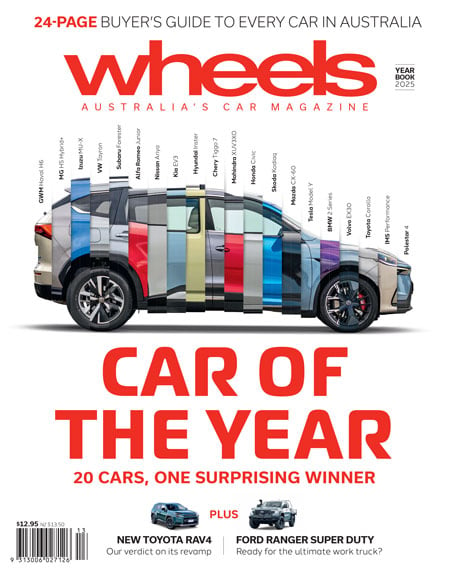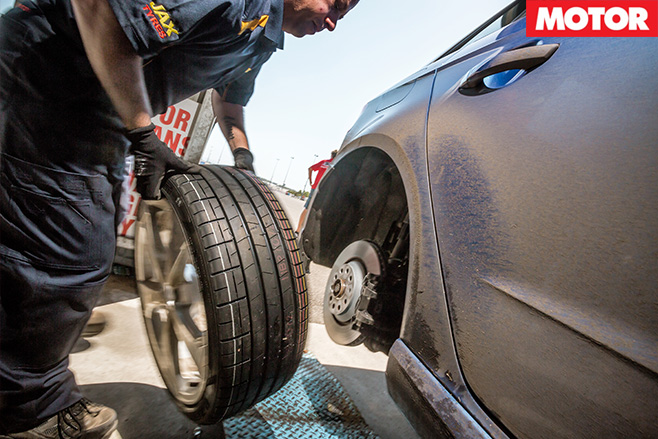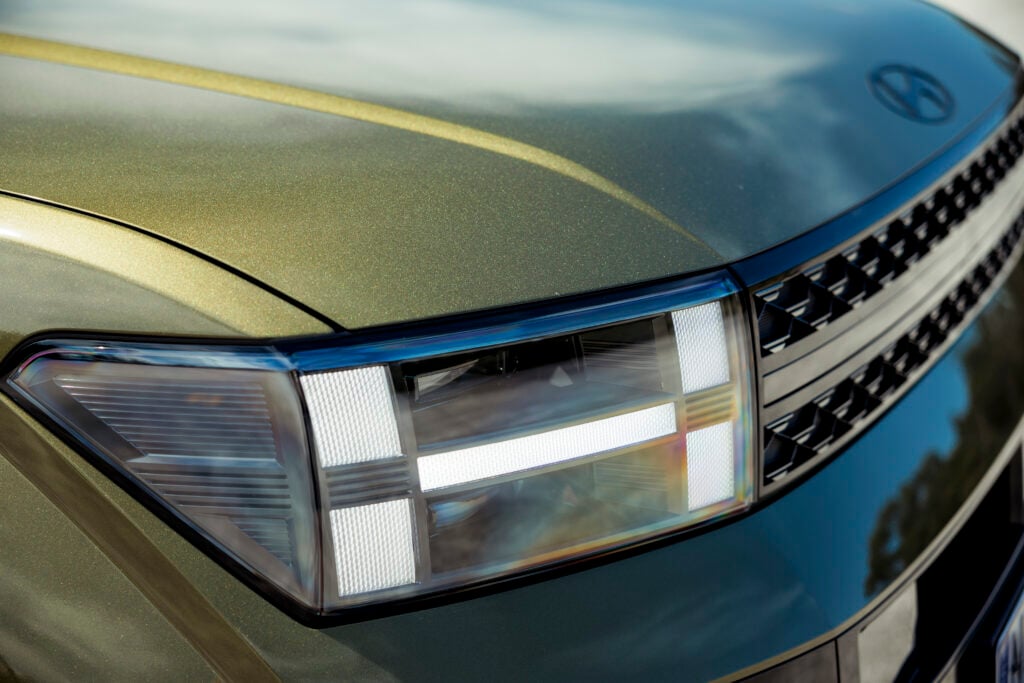Buttons in cars. Some people love them, some hate them.
BMW led the original push to eject buttons from its cars with the first version of the iDrive system, in its 7 Series flagship way back in 2001. It promised to cut the button count by around half at a time when the luxury carmaker had more than 100 switches of various sorts sprayed around the cabin and back-seat lounging space.
I remember asking if the German carmaker thought we were iDiots, as its screen-based system and central controller was slow, confusing and ineffectual.
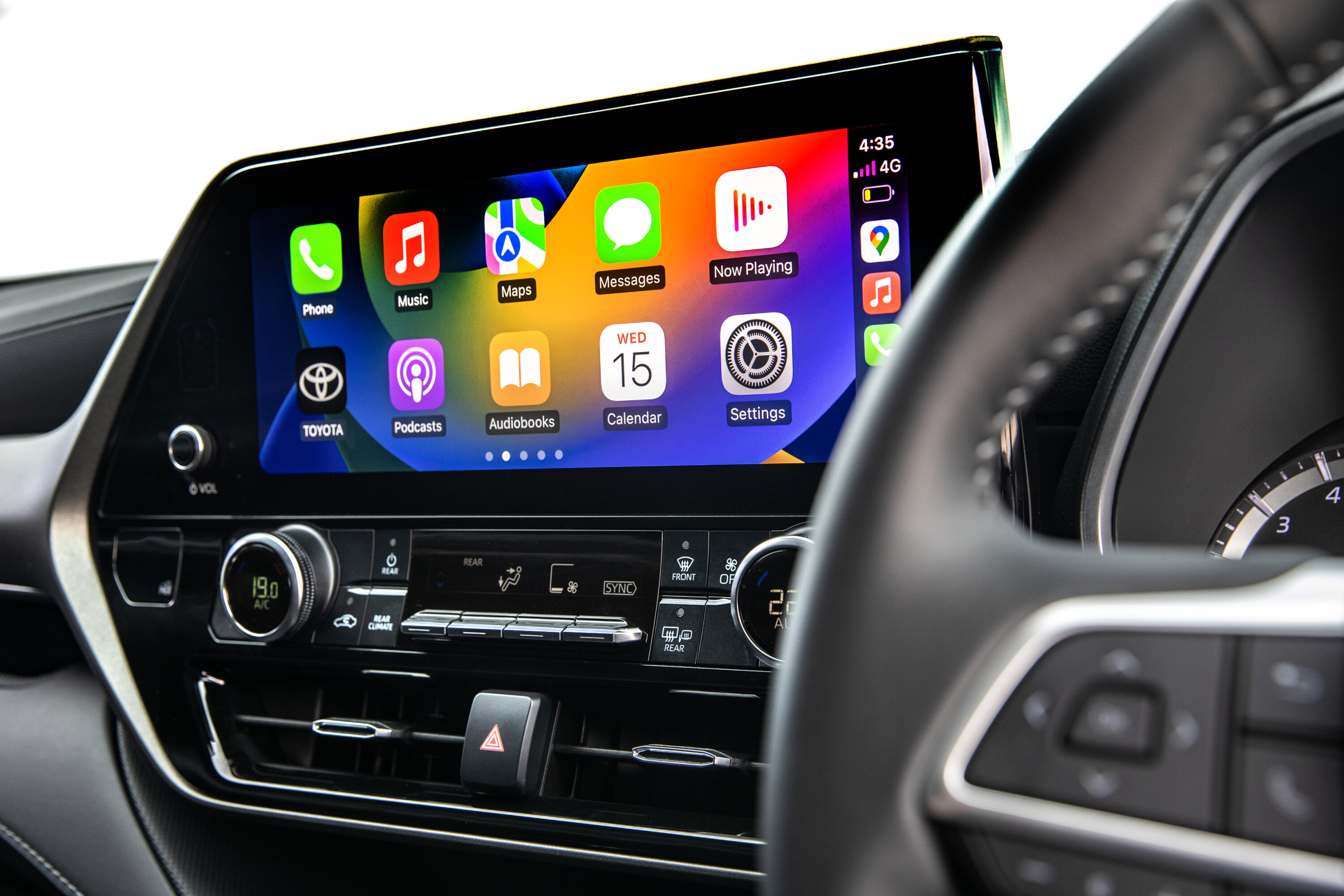
BMW even proved itself wrong by leaving a single unmarked button to turn the sound system on and off, as well as adjusting the volume, for iDrive deniers.
Since then, the rise and rise of in-car screens has put buttons on the automotive endangered list. Or has it?
Volkswagen has just reversed a decision to pull all the physical buttons out of its new models, reinstating some simple switches and admitting it had been wrong.
“We will never, ever make this mistake any more,” said design boss, Andreas Mindt.
Hyundai, too, has brought back some buttons after admitting a wholesale switch to haptic controls in touchscreens does not work for all owners.
When VW first made its move, adding haptic controls with sliders and no illumination, there were questions about how and why the move had been made. Volkswagen defended its button plan – vigorously – when I put questions to the Australian PR boss.
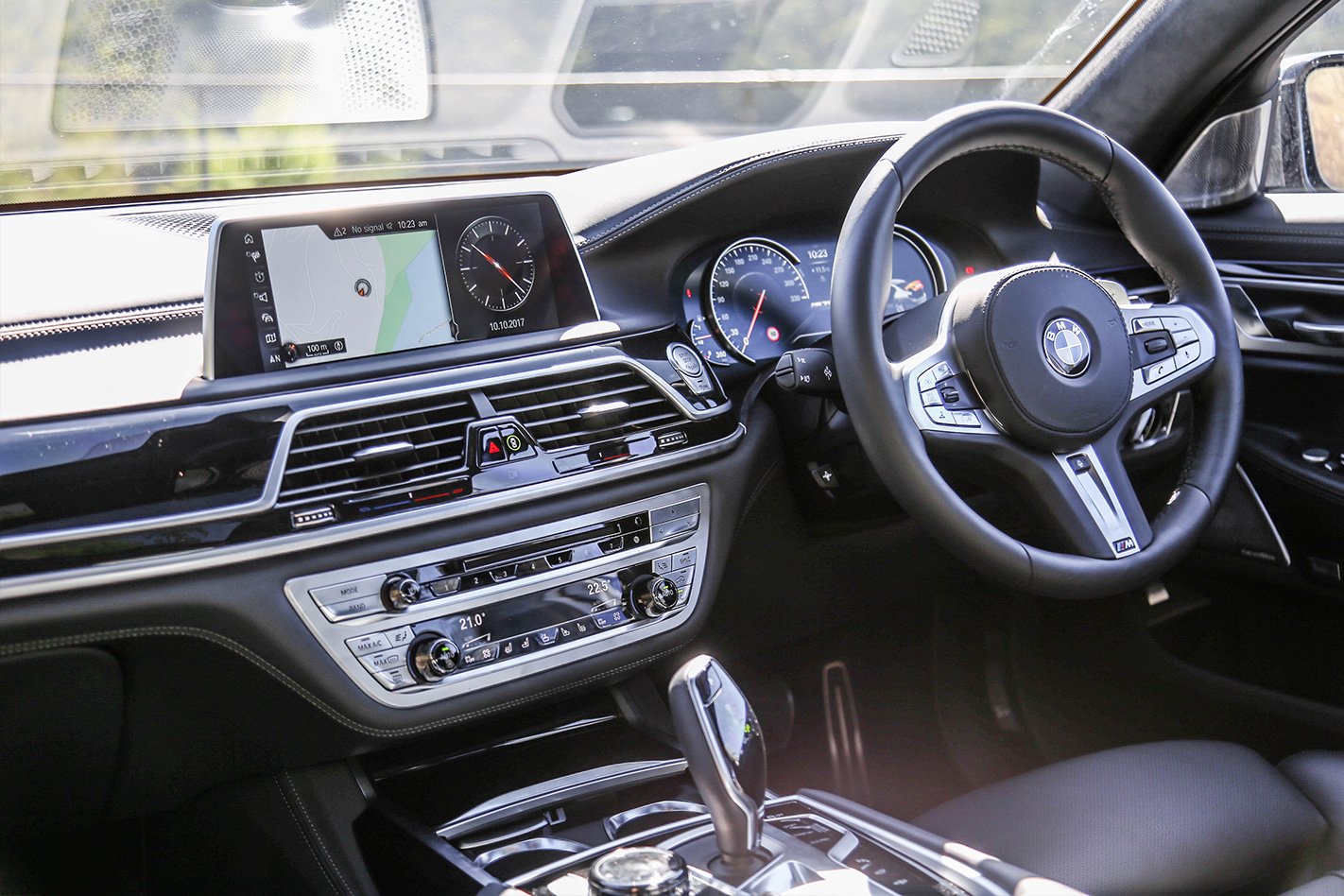
“The only people complaining are journalists,” he said.
Today he admits he was just toeing the corporate line. And owners were unhappy.
Still, the rise and rise of giant display screens does raise some questions. Are buyers really demanding screens which mean you can toy with farting pranks and play with driving games in the carpark but then bury the aircon adjustment and controls for the mirrors?
It’s obvious that people are tantalised by all the ‘bells and whistles’ in showrooms, but is everyone a fan of a car that’s like a giant smartphone on wheels?
I’ve done a little digging about the average age for a new-car buyer in Australia and the results might surprise you.
At Toyota, according to sales chief Sean Hanley, the average is “49 years young”. Less surprisingly, 55-year-olds are average for Mercedes-Benz while Rolls-Royce – whose owners had been in the Monty Burns brigade for decades – is down to a cashed-up 47.
According to an analyst at Deloitte, the overall average is 29.
That’s about right for the smart-screen push, with millennials driving the change.
But putting buttons on the automotive endangered list has another effect, as it makes it harder to judge the inherent quality of a car.
Solid switches with smart design work have been the hallmark of upscale brands since the earliest days of motoring. You only need to compare a Volkswagen with an Audi, which use the same basic recipe with different toppings, to see and feel the difference.
When Lexus was developing its original LS, it introduced all sorts of top-end electronic gadgets and measured the switches – right down to the microns of movement – as the chief engineer wore special ‘female’ gloves, with long artificial fingernails to see how the controls felt from a woman’s perspective.
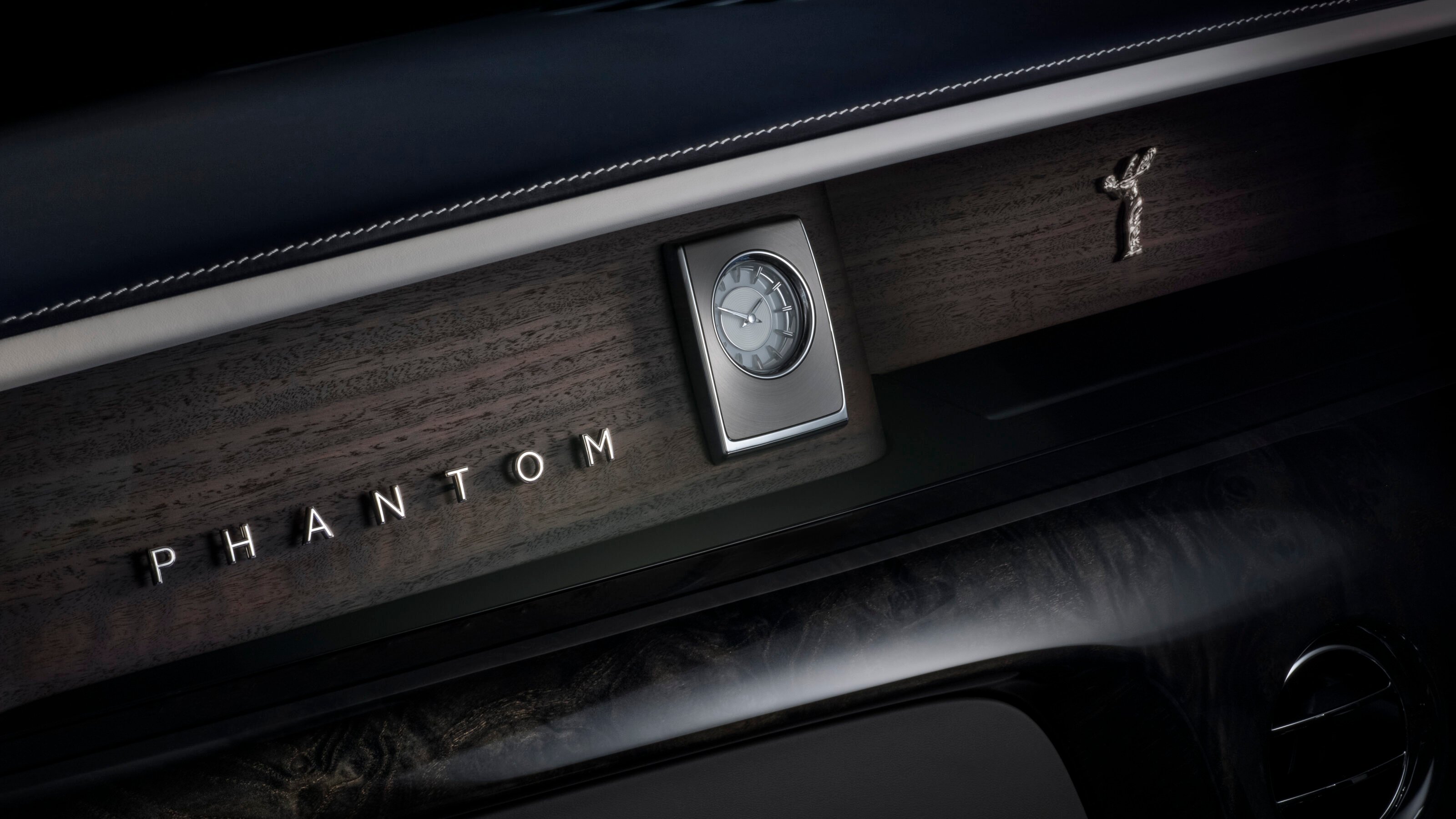
Inside a Rolls-Royce – not that many people know – any switch or knob that looks like solid metal will be solid metal. And it will feel indestructible because it’s all about perceived quality.
Haptic buttons in giant screens – let’s talk about distraction another time – reduce every brand to the same common denominator, not always in a good way.
This article originally appeared in the May 2025 issue of Wheels – subscribe here.


